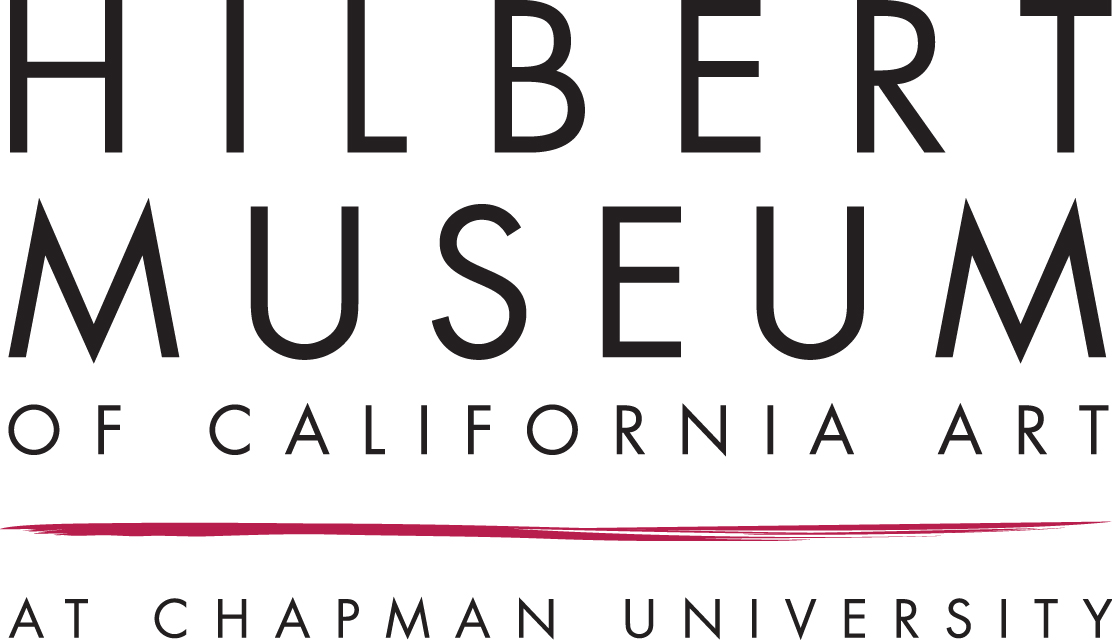The Old Red Car
Artist
Scott FitzGerald
Datec.1970
MediumPrint
Dimensions8 x 10 in. (20.3 x 25.4 cm)
ClassificationsPrintmaking
Credit LineGift of Dan and Cathy Thomas
Object number2020.006
DescriptionThe Big Red Cars symbolized an era, from the early 1900s to the 1930s, when there was no smog and few traffic jams; when the major topic of interest was of the great future of this land.The Pacific Electric trolleys were preceded by horse-drawn streetcars (mid 1800s), and by the early cable cars (in 1873), but the trolleys had it all over their predecessors - they could travel easily and speedily up and down steep grades and did not have to be regularly fed, watered, and cared for.
Beginning as early as 1912, the competition of automobiles, problems involving right-of-ways, a commuting public reluctant to pay higher fares, and a huge bonded indebtedness of the P.E. Railway all left their mark on the doomed cars.
Service stopped first on little-traveled local lines during the 1930s. In 1940, service to Fullerton and Riverside and to many beach communities stopped. Abandonment of other lines was temporarily halted during World War II as immense demands for reliable transportation service was obvious. In 1945, at the end of the war, the Big Red Cars carried nearly 180 million riders. But long before then, the Metropolitan Coach Lines buses were gradually taking over.
In 1961, the only surviving line was that from the Los Angeles Terminal to Long Beach, and on April 8 of that year huge crowds lined up for the "last ride." One of the children on this day to enjoy the final run was Scott FitzGerald.
Some of the Big Red Cars found happy homes; some went to Mexico and South America to see further service; some went into museums. But others were stacked like toy trains to await scrapping, and others were dumped rather ingloriously into the Pacific.
Written by the artist, Scott FitzGerald
On View
Not on view













